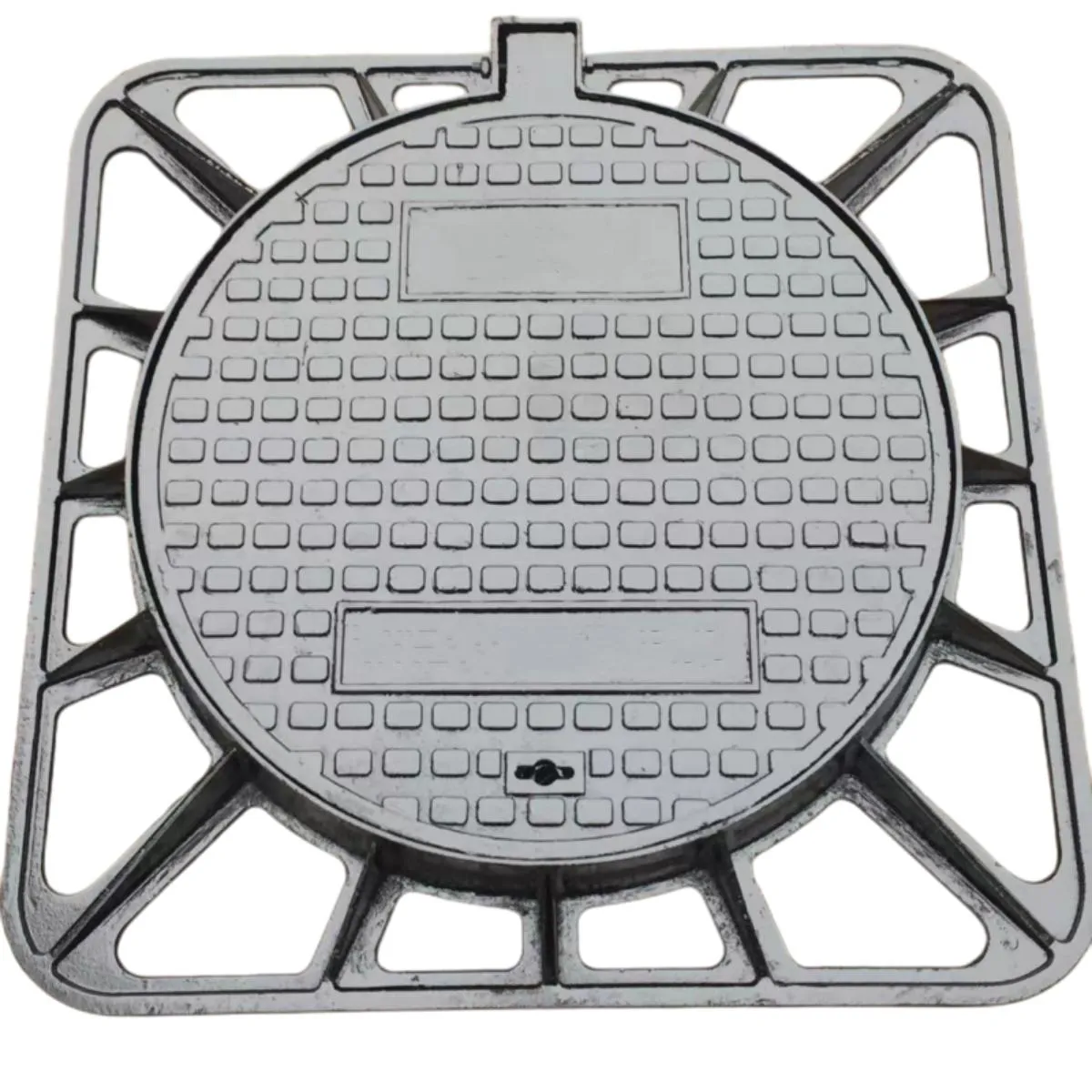metal to metal seated butterfly valves
Understanding Metal-to-Metal Seated Butterfly Valves
In various industrial applications, controlling the flow of fluids is crucial. One of the most efficient mechanisms to achieve this is through the use of butterfly valves. Among the various types, metal-to-metal seated butterfly valves stand out due to their robust design and superior performance characteristics. This article will explore their construction, advantages, applications, and maintenance considerations.
Construction of Metal-to-Metal Seated Butterfly Valves
Metal-to-metal seated butterfly valves feature a disc that rotates around a central axis. The most significant differentiator is the seating – made of metal rather than traditional elastomeric or plastic materials. The disc and the seat are designed to create a tight seal when the valve is closed. Typically manufactured from high-quality materials such as stainless steel, carbon steel, or other alloys, the metal-to-metal seating is durable and capable of withstanding harsh operating conditions.
The design typically incorporates a single piece or double piece body structure, which adds to the valve’s integrity. The valve's design also allows for a compact arrangement, making it suitable for space-constrained environments. The addition of an actuation method—manual, electric, or pneumatic—further enhances its functionality.
Advantages of Metal-to-Metal Seated Butterfly Valves
The benefits of using metal-to-metal seated butterfly valves are numerous. First and foremost, their durability makes them ideal for high-pressure and high-temperature applications. Unlike soft-seated valves, which may wear out over time due to thermal cycling or aggressive media, metal seats can handle significant thermal stress, reducing the likelihood of failure.
Another advantage is their excellent flow characteristics. The design minimizes the pressure drop across the valve, which is vital for energy efficiency in pumping systems. Moreover, they allow for quick opening and closing times, facilitating efficient control over flow rates.
Furthermore, metal-to-metal seated butterfly valves are more resistant to cavitation and erosion, making them suitable for applications involving abrasive or corrosive fluids. Their ability to handle a broad range of temperatures and pressures increases their versatility across various industries.
metal to metal seated butterfly valves

Applications of Metal-to-Metal Seated Butterfly Valves
The versatility of metal-to-metal seated butterfly valves makes them suitable for several applications. They are commonly used in the oil and gas industry, chemical processing, water treatment plants, and power generation. These valves are excellent for handling slurries, viscous fluids, and even gases.
In the oil and gas sector, they are frequently deployed in pipelines where the flow needs to be regulated carefully. In water treatment facilities, their ability to provide a reliable seal ensures effective water quality management. Additionally, industries involved in high-temperature processes, such as power plants, benefit from the resilience of these valves under extreme conditions.
Maintenance Considerations
While metal-to-metal seated butterfly valves are known for their durability, regular maintenance is still essential to ensure long-term performance. Inspection routines should focus on the condition of the seating surface and the sealing mechanism. Any signs of wear or damage should be addressed promptly to avoid issues during operation.
Lubrication and adjustments might be necessary to ensure smooth operation. The actuating mechanism should be checked regularly to confirm that it's functioning correctly, as this could significantly affect the valve’s performance. Proper installation also plays a critical role in the longevity of these valves, as improper alignment can lead to operational failures.
Conclusion
Metal-to-metal seated butterfly valves are a reliable solution for various industrial applications requiring robust flow control mechanisms. Their durability, efficiency, and versatility make them a preferred choice in demanding environments. Ensuring regular maintenance and inspections will help organizations maximize the lifespan and performance of these valves, ultimately leading to enhanced operational efficiency. In a world where reliable fluid control is paramount, investing in quality metal-to-metal seated butterfly valves is a strategic decision for any industrial operation.
-
The Smarter Choice for Pedestrian AreasNewsJun.30,2025
-
The Gold Standard in Round Drain CoversNewsJun.30,2025
-
The Gold Standard in Manhole Cover SystemsNewsJun.30,2025
-
Superior Drainage Solutions with Premium Gully GratesNewsJun.30,2025
-
Superior Drainage Solutions for Global InfrastructureNewsJun.30,2025
-
Square Manhole Solutions for Modern InfrastructureNewsJun.30,2025
-
Premium Manhole Covers for Modern InfrastructureNewsJun.30,2025
